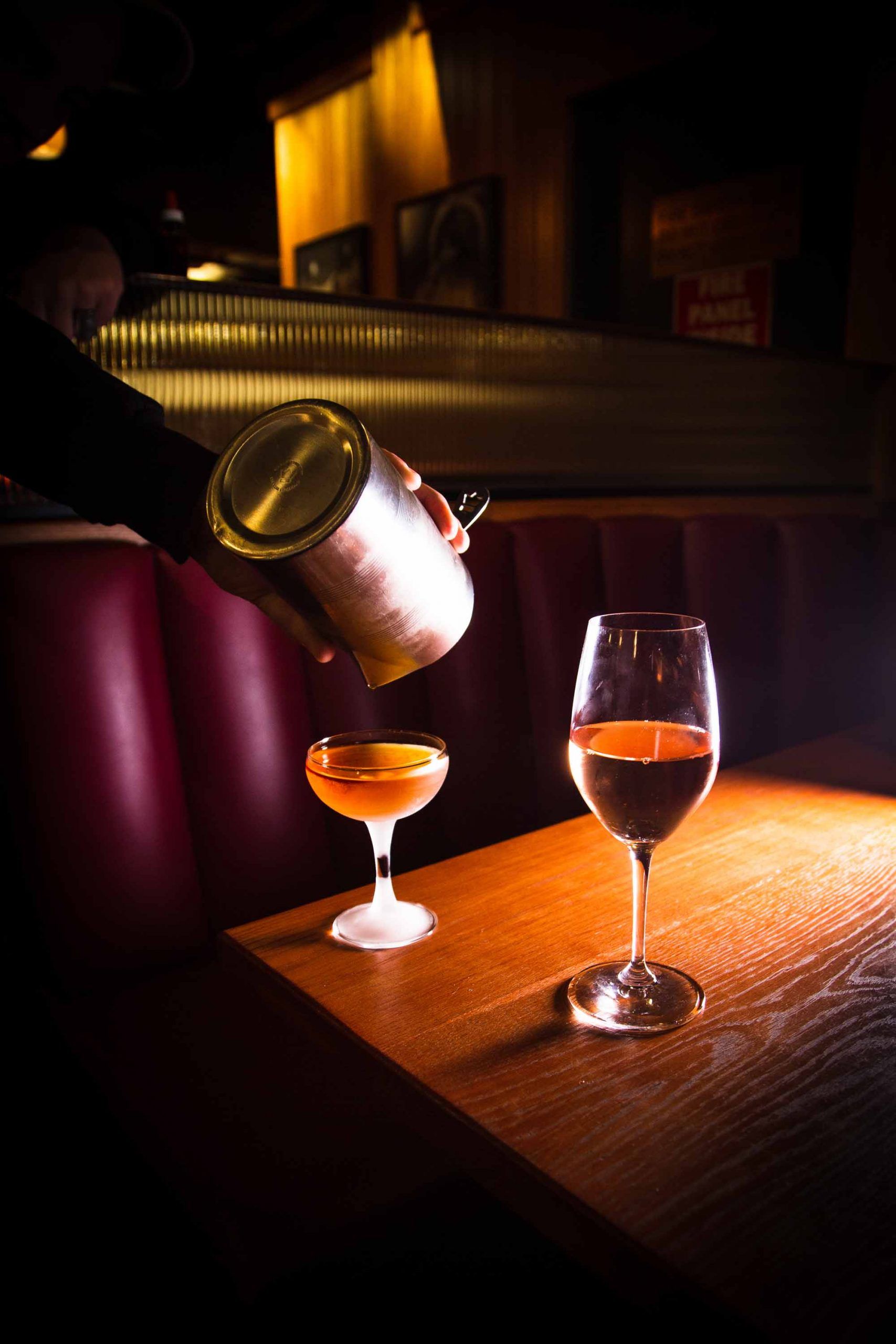Mastering the Manhattan means making the right match
Mastering the Manhattan cocktail means making the right match between whiskey and vermouth.

In the pantheon of cocktails, the Martini reigns supreme. But it wasn’t always that way, and for a decade or so before the Martini’s ascension, it was the Manhattan that ruled the roost.
Cocktail historian David Wondrich has shown in his book, Imbibe, that the Manhattan was — appropriately enough — born in New York. He writes that its first appearance in print comes in 1882, and that it was likely invented some years before, even as early as the 1860s.
And what an invention it was: the old Cocktail formulation seen in drinks like the Old Fashioned evolved with the introduction of vermouth from Italy (typically sweet vermouth) and France (typically dry, like Noilly Prat).
Come the 1880s and 1890s, the Manhattan was all the rage in saloons across America. The Manhattan cocktail was also getting noticed in Australia — along with a number of other ‘American mixed drinks’ — with a supplement to the Saturday edition of the Geelong Advertiser back in August 1889 advising: “Ladies,” reads the paper, “like a Manhattan cocktail, which is made of rye whisky and vermouth.”
It wouldn’t be long, however, before gin and vermouth — the Martini, if you will — would achieve greater fame than the Manhattan.
But you can quite reasonably think of the two drinks as two sides of the same coin, one made with whiskey and the other side with gin.
Note, however, that when we’re talking whiskey, we’re adding an ‘e’; Scotch whisky, Japanese whisky — Australian whisky for that matter — for the most part won’t do, not in a Manhattan; they lack the punch of rye and most bourbons and as a result, don’t stand up in quite the same way.
It’s also the relationship between whiskey and vermouth that holds the key to executing the Manhattan well, a relationship arguably more difficult than pairing a dry gin with dry vermouth.
Most bartenders will opt for a rye whiskey in their Manhattans, the spicier species of American whiskey being better able to stand up to the complex bitterness and botanicals of the vermouth. The use of bourbon typically will result in a rounder, smoother drink (which, in and of itself, isn’t necessarily a bad thing).
This is a boozy drink — especially if you’re using whiskey with an ABV north of 45 percent. Using a whiskey around 40 percent ABV — whether it is rye or bourbon — is like riding with training wheels, which is fine, but should be a temporary thing.
The trick to a great Manhattan, however, is getting it cold and with just the right amount of dilution.
That means you’ll want to give this a real good stir with plenty of ice; some people will stir the drink or upwards of a minutes but we tend to think that 45 seconds or so will do you right.
The oldest recipes for the Manhattan go for equal parts between the whiskey and sweet vermouth, but most modern bartenders will opt for a ratio of two parts whiskey to one part vermouth. We like ours with a little extra whiskey, two and a half parts to one part vermouth.

